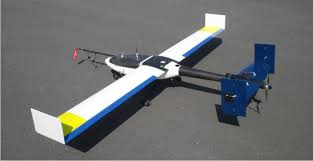AIRCRAFT ENGINEERING AND AEROSPACE TECHNOLOGY Vol. 94 No. 2, pp. 255-267
J. de Sousa, P. Gamboa (doi:10.1108/AEAT-01-2021-0015)
The purpose of this paper is to generate optimised trajectories for an unmanned aerial vehicle (UAV) during a forest fire detection mission. It is assumed that the UAV flies 3D curvature-constrained Dubins manoeuvres and has a limited amount of battery energy that prevents it from covering the entire search area in a single trip. Design/methodology/approach In this paper, the search area is discretised into a grid of multiple targets, and each target assigned with a score that is proportional to the time elapsed since the last UAV visit. This problem, known as Dubins Airplane Orienteering Problem, consists of finding the number and order of targets to visit and the UAV heading at each target that maximises the total trip score without exceeding the UAV battery energy. The solution is found using the Randomised Variable Neighbourhood Search metaheuristic. All target scores are updated after each trajectory generation according to the elapsed time since the last UAV visit. Findings The proposed approach produced feasible results when generating optimised trajectories for a fire detection mission context where energy battery constraints are important. Practical implications The authors carry out the planning of UAV missions with limited amounts of onboard energy such as a real fire detection mission using a single electric propulsion and fixed-wing UAV. Originality/value This paper introduces an energy-based approach to the Dubins Airplane Orienteering Problem, which takes into account the UAV performance and energy budget when generating optimised trajectories.

